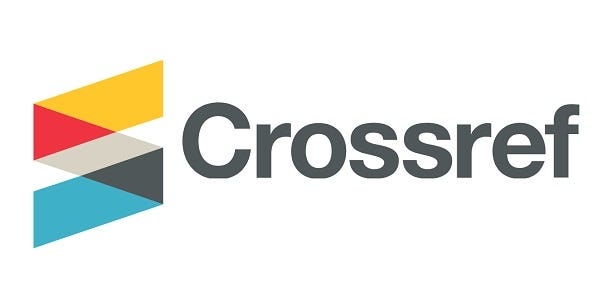Behavioral Finance and Investment Decision-Making Among Young Investors
DOI:
https://doi.org/10.37385/ceej.v6i1.8468Keywords:
Perilaku; Keuangan; InvestasiAbstract
Behavioral finance combines insights from psychology and economics to explain how investors’ cognitive biases, emotions, and social influences affect their financial decisions. The purpose of this study is to analyze Behavioral Finance and Investment Decision-Making Among Young Investors. This study employs a qualitative approach using the literature review method to investigate how principles of behavioral finance influence investment decision-making among young investors. A literature review is appropriate for synthesizing theoretical concepts, empirical findings, and methodological trends from previously published academic sources. This literature review concludes that behavioral finance has a significant and measurable impact on the investment decisions of young investors. Unlike traditional financial theories that assume rational behavior, behavioral finance recognizes the psychological and emotional influences that drive real-world financial decisions.
References
Barber, B. M., & Odean, T. (2001). Boys will be boys: Gender, overconfidence, and common stock investment. The Quarterly Journal of Economics, 116(1), 261–292. https://doi.org/10.1162/003355301556400
Barberis, N., & Thaler, R. (2003). A survey of behavioral finance. In Handbook of the Economics of Finance (Vol. 1, pp. 1053–1128). Elsevier.
Baumeister, R. F., & Leary, M. R. (1997). Writing narrative literature reviews. Review of General Psychology, 1(3), 311–320. https://doi.org/10.1037/1089-2680.1.3.311
Bikhchandani, S., & Sharma, S. (2001). Herd behavior in financial markets. IMF Staff Papers, 47(3), 279–310. https://doi.org/10.5089/9781451952080.024
Kahneman, D., & Tversky, A. (1979). Prospect theory: An analysis of decision under risk. Econometrica, 47(2), 263–291. https://doi.org/10.2307/1914185
Kramer, M. (2021). Herding and the Rise of Retail Trading: Social Media and Meme Stocks. Journal of Behavioral Finance, 22(4), 312–328.
Kumar, S., & Goyal, N. (2023). Behavioral biases among millennials: Evidence from Indian stock market investors. Review of Behavioral Finance, 15(1), 99–114. https://doi.org/10.1108/RBF-12-2021-0248
Lusardi, A., & Mitchell, O. S. (2023). Financial literacy and the digital investment gap. Journal of Economic Perspectives, 37(1), 3–28. https://doi.org/10.1257/jep.37.1.3
Nofsinger, J. R. (2022). The Psychology of Investing (7th ed.). Routledge.
Odean, T. (1999). Do investors trade too much? American Economic Review, 89(5), 1279–1298. https://doi.org/10.1257/aer.89.5.1279
Rothstein, H. R., Sutton, A. J., & Borenstein, M. (2005). Publication bias in meta-analysis: Prevention, assessment and adjustments. Wiley.
Shao, P., Li, S., & Zhang, Y. (2022). Retail investor behavior during the GameStop short squeeze. Finance Research Letters, 45, 102134. https://doi.org/10.1016/j.frl.2021.102134
Snyder, H. (2019). Literature review as a research methodology: An overview and guidelines. Journal of Business Research, 104, 333–339. https://doi.org/10.1016/j.jbusres.2019.07.039
Statista. (2024). Share of retail investors in the stock market worldwide. Retrieved from https://www.statista.com
Statman, M. (2019). Behavioral Finance: The Second Generation. CFA Institute Research Foundation.
Thaler, R. H. (1999). Mental accounting matters. Journal of Behavioral Decision Making, 12(3), 183–206. https://doi.org/10.1002/(SICI)1099-0771(199909)12:3<183::AID-BDM318>3.0.CO;2-F




 Template
Template



